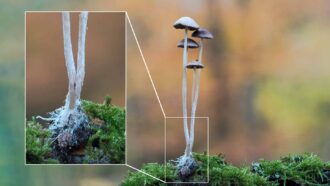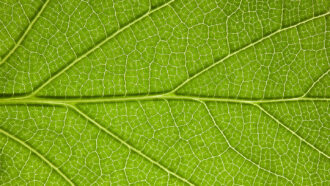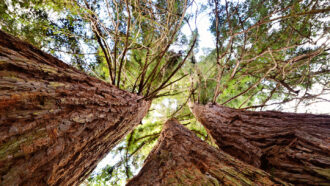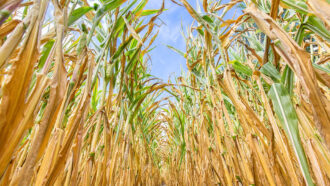
Ecosystems
Restoring giant underwater forests, one blade at a time
Giant kelp are at risk due to climate change and human activities. In New Zealand, a community effort is rebuilding these underwater algal forests.
Come explore with us!

Giant kelp are at risk due to climate change and human activities. In New Zealand, a community effort is rebuilding these underwater algal forests.

Earth’s ongoing fever threatens to push entire forests toward this heat limit — and possible death.

These fibrous networks are the reason plants think fungi are such "fun guys.”

Chemists make a liquid alternative to fossil fuels from carbon dioxide, water and the sun. Their trick? They use a new type of artificial leaf.

Six young researchers took home the top awards, each valued at a minimum of $50,000. Hundreds more shared nearly $9 million in prizes at international event.

Modern Amazonians make nutrient-rich soil from ash, food scraps and burns. The soil strongly resembles ancient “dark earth” found in the region.

Rubisco is a key protein in the process of photosynthesis, which feeds plants — and, in turn, us.

Teamwork makes green-work! Collaborating scientists came up with an electrifying farming trick that could make sunlight optional.

The two types of leaves grow at different heights in trees at dry versus wet areas. They may help redwoods adapt to climate change.

When heat waves and droughts collide, water is precious. Some thirsty plants try to cool off by opening tiny pores — only to lose water even faster.